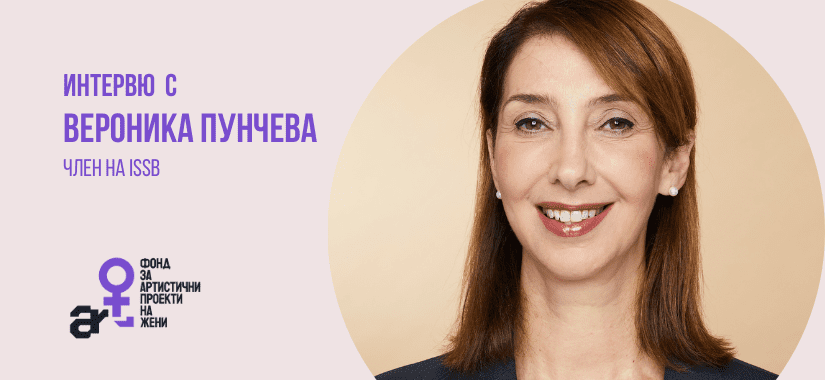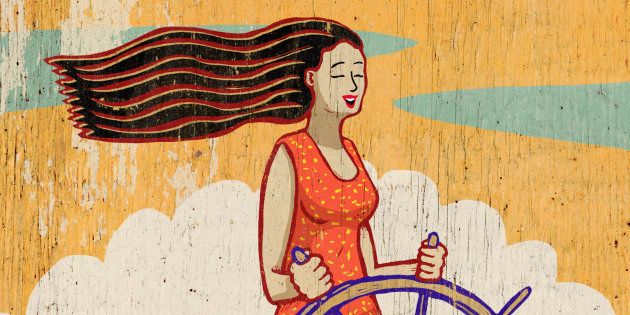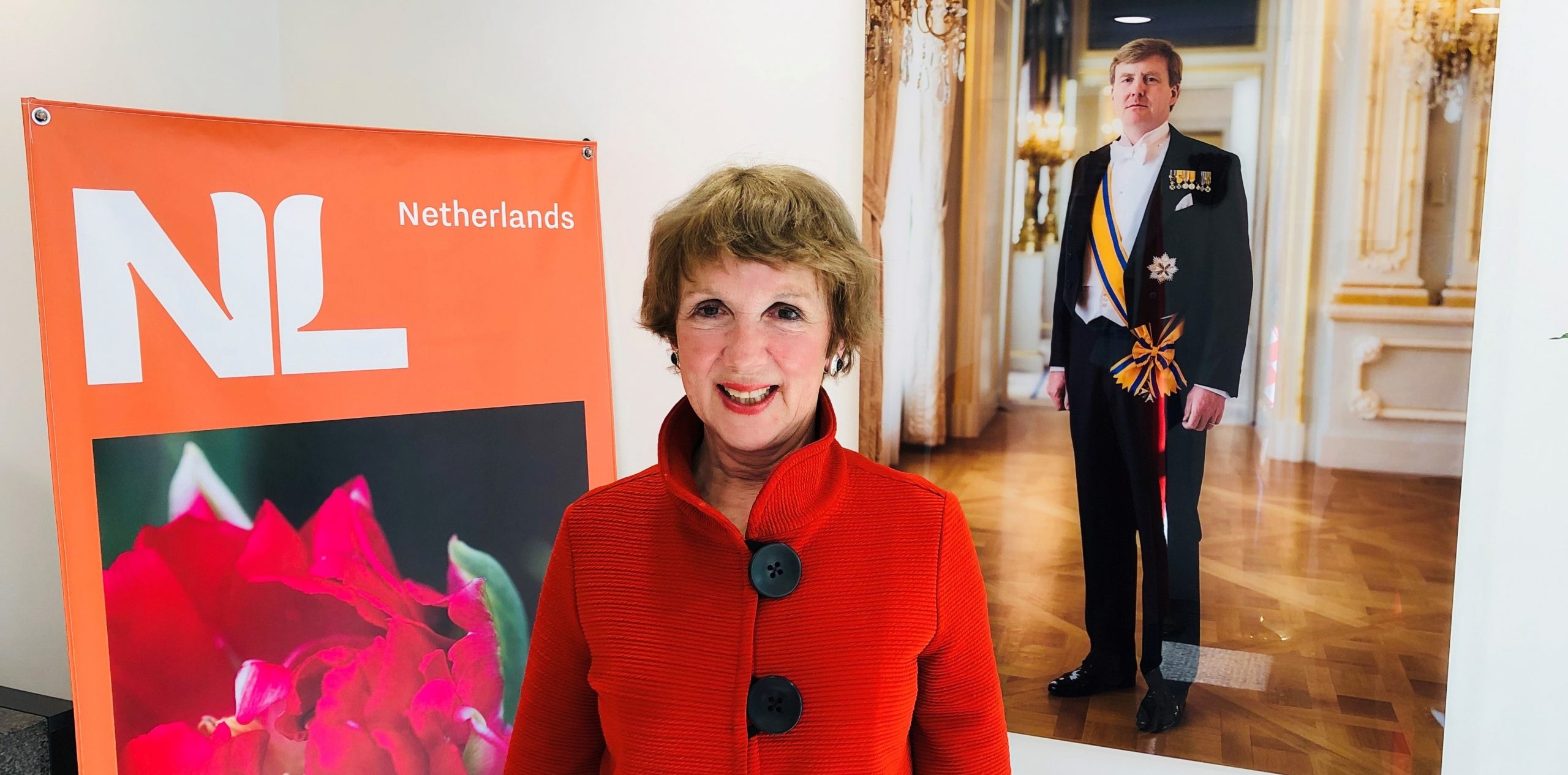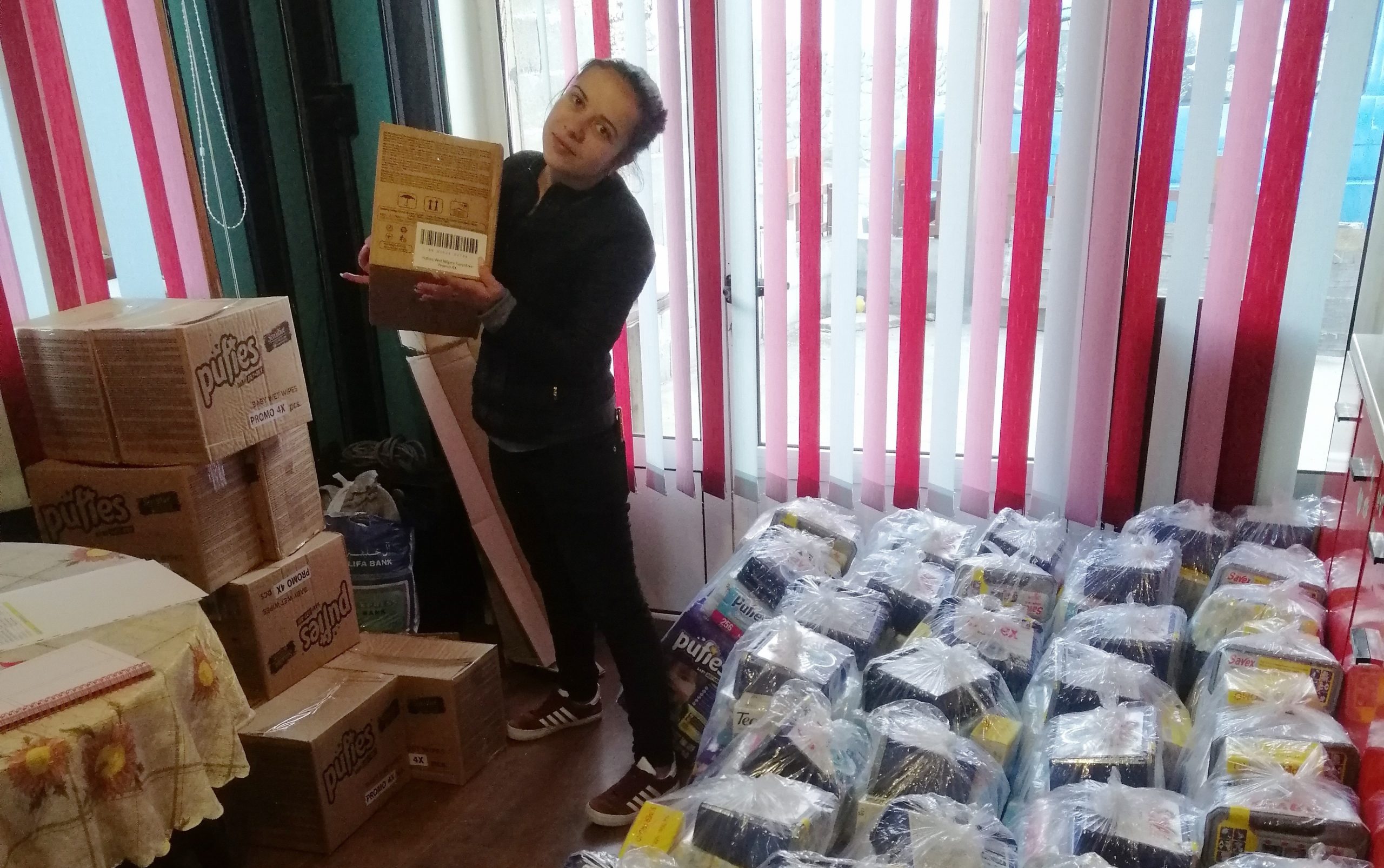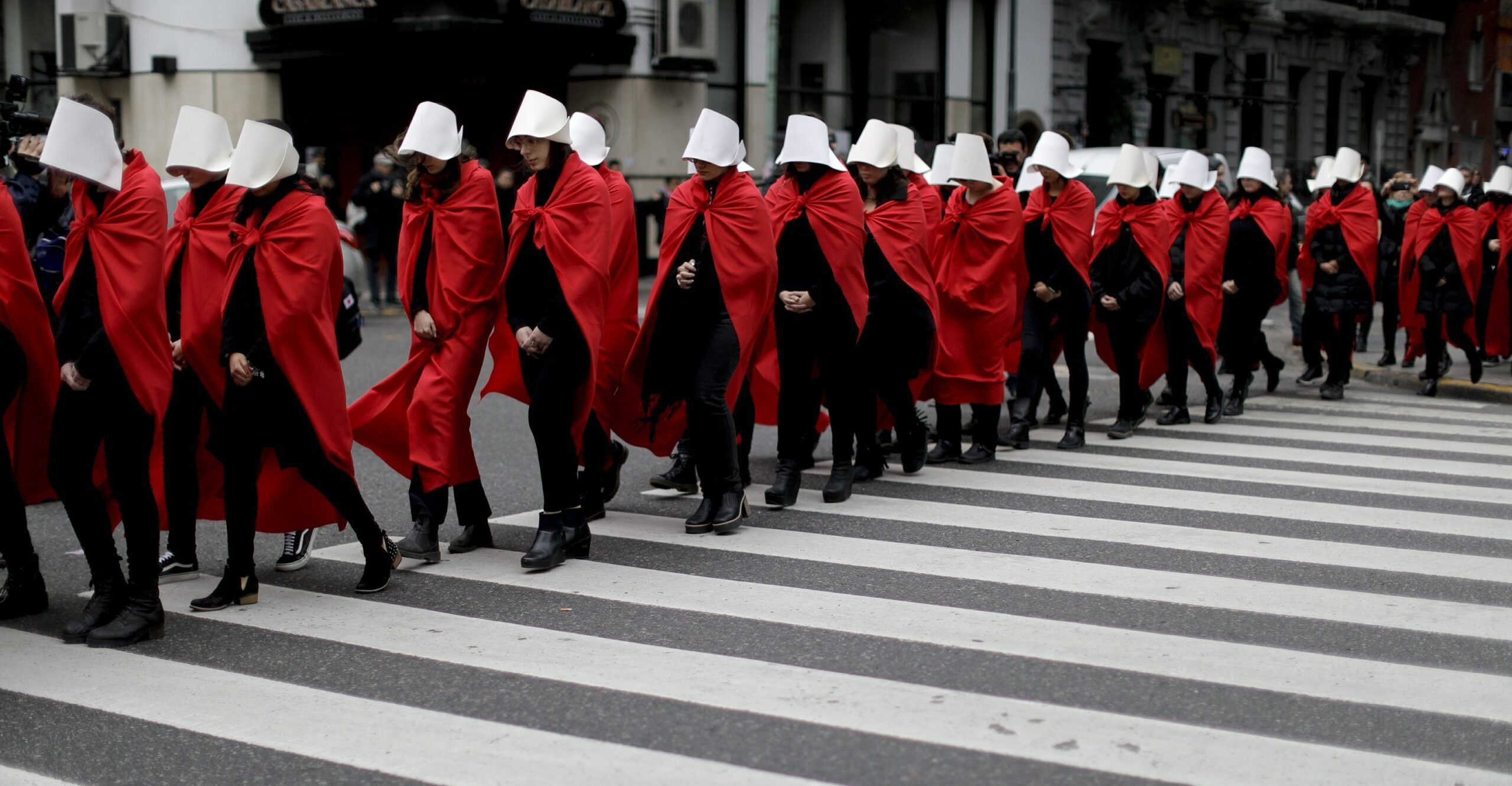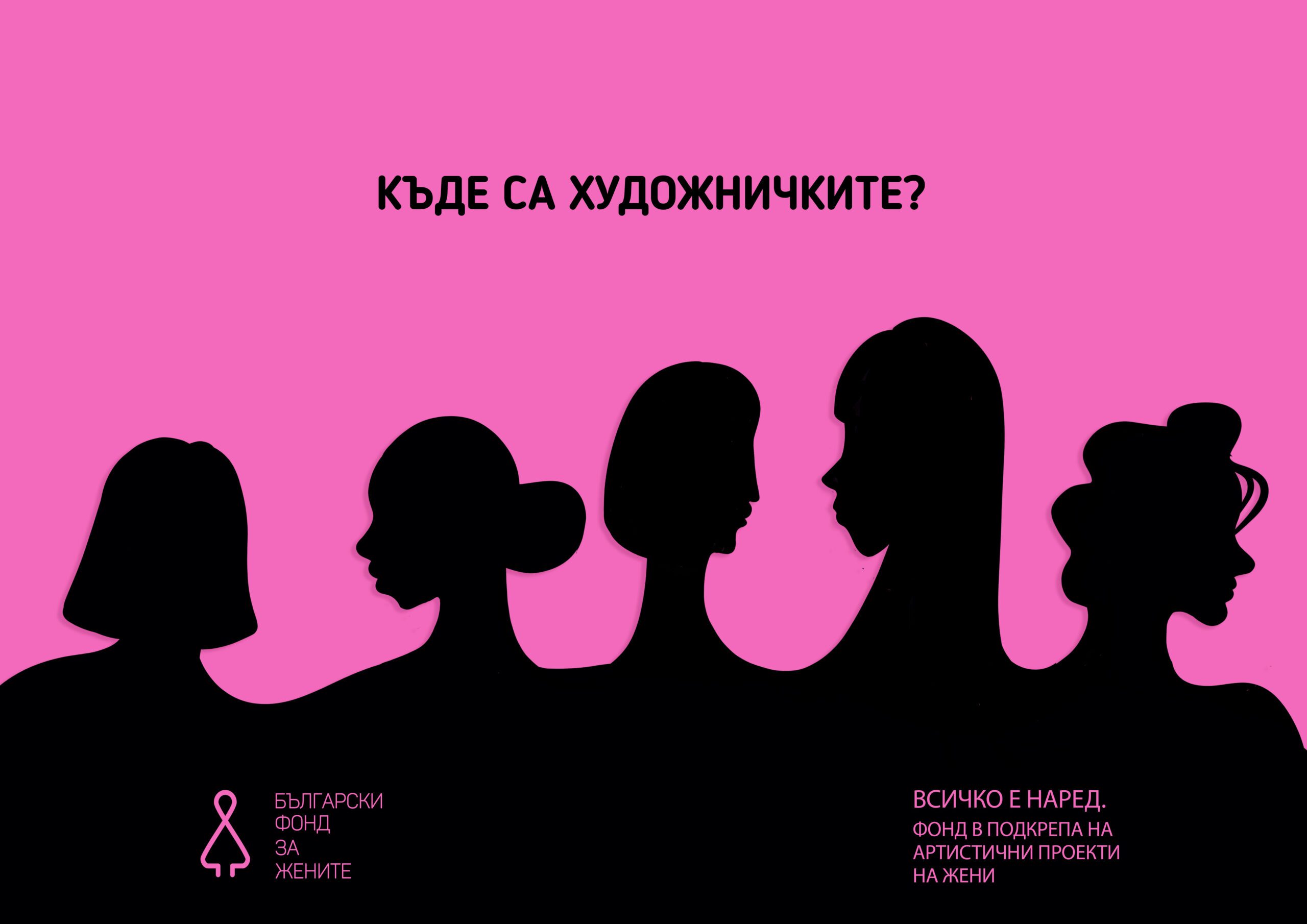On the occasion of the World Earth Day we are sharing an article of Global Citizen explaining how the climate change deepens the existing inequalities.
Climate change is a planetary phenomenon that will impact all countries, but its effects are being shaped by pervasive and entrenchedgender inequality.
Heat waves, droughts, rising sea levels, and extreme stormsdisproportionately affect women.
That’s because women are more likelyto live in poverty than men, haveless access to basic human rightslike the ability to freely move and acquire land, andface systematic violencethat escalates during periods of instability.
These factors, and many more, mean that as climate change intensifies, women will struggle the most. In fact, the Paris climate agreementincludes specific provisionsto ensure women receive support to cope with the hazards of climate change.
“The IPCC [International Panel on Climate Change] found that gender inequalities are further exaggerated by climate-related hazards, and they result in higher workloads for women, occupational hazards indoors and outdoors, psychological and emotional stress, and higher mortality compared to men,” Verona Collantes, an intergovernmental specialist with UN Women, told Global Citizen.
“Gender inequality hampers women’s capacity and potential to be actors of climate action. These gender inequalities —access to and control over resources, access to education and information, and equal rights and access to decision-making processes —define what women and men can do and cannot do in a particular context of climate change,” she added.
The future environment is daunting, but it’s not all grim. Women are showing remarkable resilience around the world. They’re leading climate action movements, championing clean sources of energy, and building alternative models of community that focus on sustainability and cooperation.
“It’s really important to emphasize that women aren’t merely helpless victims when it comes to climate change,” Mayesha Alam, an expert on climate, women’s rights, and conflict at Yale University, told Global Citizen. “Their participation and leadership can have transformative effects in their countries and communities.”
Running the Household
Hurricane Maria struck Puerto Rico in 2017,becoming the worst stormin modern US history. Nearly 3,000 people were killed by the storm. And tens of thousands of people across the island were displaced. After the storm, women were hit the hardes when it came torecovering from the destruction,a report from Oxfam found.
“Women were usually the ones who spent hours wringing sodden towels by hand and hanging them to dry, carrying containers of water into the kitchen, bathing children in buckets, or washing floors with rainwater collected in cans. It was exhausting, and demoralizing,” the report said.
Women often have to shoulder a larger burden, in countless settings, and it deepens existing gender inequalities, according to Alam.
“In rural communities across the globe, women and girls overwhelmingly undertake the labor of gathering food, water, and household energy resources,” she said. “As droughts worsen and forests burn, they have to travel further distances and spend more time acquiring these resources.”
Climate change is making it harder to manage household responsibilities like cooking, cleaning, gathering resources,and caring for children.This is especially feltinremoterural communities.
Natural disasters and saltwater intrusion from rising sea levels can tarnish water quality. Women in parts of India and Bangladesh, for instance, have faced health consequences and seen their economic prospects diminishas rivers become saltier.
When droughts and extreme temperatures dry up sources of water, women have to travel longer distances to collect water for cooking, cleaning, and managing gardens. As a result, they have less time to pursue other sources of income, whichprevents them from becoming economically independent.
Stephanie Buechler studies the intersection of water scarcity and women’s rights along the US-Mexico border at the University of Arizona. She found that decreasing water availability reducedwomen’s ability to invest in their careers.
Women in Sonora, Mexico, who make cheese to sell for additional income, have had a harder time acquiring milk because livestock owners replaced cows that needed a lot of water with cows that need less. The new cows produce less milk.
“The women had less immediate access to milk, so they had to go further afield to a community about an hour away that still had more groundwater than they did,” she said. “In terms of the cheese, it’s basically a live culture, and it can die in extreme temperatures.”
With less water available, women who rely on community gardens and farmers’ markets are less able to cultivate and process produce. They’re also spending more on water and energy bills.
Sources of clean drinking water are disappearing in other ways that harm women. In Senegal, for instance, women have had to travel farther distancesto retrieve water for everyday use, which limits their ability to be independent farmers.
Women represent around 43% of the global agricultural workforce, butthey face countless barriersto economic independence.
In fact, womenare denied property rightsin half of the countries around the world. They areoften barredfrom borrowing money for fertilizer and tools, which prevents them from successfully guiding their crops to harvest. They also can have trouble accessing marketsto sell their harvest.
As soil quality worsens and water becomes more scarce, women will be less able to find the credit and financing they needto beresilient to the changing conditions. Andwithout any possibility of buying new property, many female farmers will be stuck with ever-decliningyields on their existing land.
“The majority of women lack deeds or titles to the lands that they farm, so their avenues for compensation or redress are limited when climate change adversely affects their agricultural output,”Alam said. “Generally speaking, it’s not as if smallholder farmers have insurance, either, so they have to look for alternative income-generating activities, which can leave them desperate and vulnerable to exploitation.”
Dangerous Situations
Gender-based violence and exploitation riseas resources dwindle, land becomes increasingly unlivable, and climate change increases,according to the International Union for the Conservation of Nature(IUCN).
“Climate change impacts the availability of resources,” Collantes said. “You have shrinking resources because you get droughts, flooding, and sea level rise.”
These environmental stressors have helped to fuel the rise of organizations that engage in human trafficking and extreme labor exploitation. Women and marginalized groups aremost vulnerable to these human rights violations.
In Northeastern Nigeria, the terrorist group Boko Haram has targeted populations, particularly women, who have beendisplaced from their land by drought.
“Violence against women is often employed as a way to reinforce gender imbalances and maintain control of limited resources in these situations,” Collantes explained.
Rising ocean water temperatures and acidification are causingfish populations to decline. Womenwho depend on fish for their livelihoods are increasingly being forced to sell sex for food, IUCN reports.
“Sex for fish is a form of gender-based violence —women are trading sex for access to fish, access to markets, access to livelihood,” Cate Owren, senior gender programmanager at IUCN said. “It is that negotiation of power,and negotiation of access to natural resources in unequal structures,that makes gender-based violence a tool.”
Climate-related displacement is also rising globally and the majority of those forced to leave their homes are women,the UN found. That’s because women are more likely than mento live in povertyand have fewer resources to recover in the aftermath.
“There are more displaced people today than ever before in recorded history, and we’re already seeing a significant uptick in climate change-induced displacement, both within and across international borders,” Alam said.
When girls and women are displaced, they’re often unable to continue their education and pursue economic opportunities.Refugee girlsare half as likelyto be in school as refugee boys.
Women and girls alsoface higher ratesof child marriage, domestic violence, sexual violence, and human trafficking due to climate change.
In Malawi, for example, the disruptions of climate change couldcreate 1.5 million additional child bridesin the years ahead. In Australia,domestic abuse spikesafter bushfires, which have becomemore intense and longer-lastingin recent years.
“As climate change exerts economic pressure on families, and leads to loss of land, livelihoods, and homes, thereby overall security and stability, the risk of child marriage goes up,” Alam said. “Marrying off daughters earlybecomes a coping mechanism.”
In Cox’s Bazar, Bangladesh, hundreds of thousands of Rohingya refugees arestuck in displacement campsthat often lack basic resources. Whilethe refugees fled genocidein Myanmar, climate change could prolong and worsen their displacement, Alam said.
Many of the camps in Cox’s Bazar are unsafe for women and incidents of child marriage, human trafficking, and sexual assaulthave surged.
“What you have, in essence, are refugees living in extremely cramped conditions, in a coastal area that is very susceptible to natural disasters, flooding, and soil erosion,” she said.
If flooding, landslides, or other natural disasters strike the camps, therefugees living there will be further displaced and vulnerable to harm.
Climate change could also increase the likelihood of armed conflicts and exacerbate existing conflicts, two possibilitiesthat threatenwomen’s health, rights, and overall life outcomes.
Displacement also threatens women’s health in a number of gender-specific ways.
When pregnant women are displaced, they’re less likely to receive adequate pre- and post-natal care, which can negatively impact their health, as well as the health of their babies, Alam said.
“Without access to hospitals, nurses, community health centers, it becomes more difficult to give birth in safe, hygienic conditions,” she said.
More than half of the women who die during childbirthare in countries ripped apartby conflict, where health care systems have been heavily disrupted. Pregnant women are also at heightened risk of infectious diseaseslike cholerathat spread in displacement camps.
Climate change threatens the health of women more broadly still, in times of both peace and conflict,according to the US National Institute for Health.
Food and water insecurity prevent pregnant women from getting the nutrients they need. Worsening heat waves expose women who have to travel to get water and fuel sources to health problems like dehydration,heat stroke,and sexual violence. The pressure that changing environment conditions exerts on family budgets, also makes it harder for women to seek medical treatment.
“There has to be a realization at the global level that climate change impacts men, women, and other genders differently, so the responses will [need to] take into account gender inequalities at the same time as climate actions,” Collantes said.
Rising Up
Activists likeGreta ThunbergandVanessa Nakatehave helped to spur a global environmental movement. World leaders likeChristiana Figueresspearheaded the Paris climate agreement. And women in countries like Kenya and India are transforming their communities by adopting sustainable practices.
While climate change may havean unfair impact on women, it has also led them to seize the levers of power in a moment of intense uncertainty, to rewrite the rules of society when the current systems of power and economy no longer seem reasonable.
“We already know that climate change is going to exacerbate our fragilities, our vulnerabilities, our weak spots,” Owren said. “It is such a serious, urgentcall to action to shine the spotlight on climate change as a human rights issue.”
Women in diverse settingsare rising up to overcome these challenges.
Charlot Magayi is helping women in Kenyareplace dirty cook stoves with clean alternatives. This improve community health outcomes, and also reduces greenhouse gas emissions.
Solar Sister, a women-led initiative in Africa, helps communities build small-scale solar grids to become energy independent. These gridsreduceair pollution and greenhouse gas emissions in the process.The Barefoot Collegetrains women to be solar engineers to install and maintain clean sources of energy in their communities.
Female scientists across Africa are bringing firsthand knowledge of local conditions and agricultureto laboratories and research departments, helping to close gender disparities in these scientific institutions.
Alam said that women have historically been excluded from domestic, regional, and international negotiations around climate change, biodiversity, and resource use —but that’s beginning to change.
When societies have higher levels of gender inequality, deforestation, air pollution, and resource loss get worse,the UN found.
As women gain more representation within decision-making bodies, countries are beginning to developgender action plansthat combine climate action with efforts to improve gender equality.
“Any given country that is already experiencing the adverse impacts of climate change or wants to be thinking about how to mitigate risks or enhance adaptationcan develop policies and frameworks to address the gendered impact of climate change and integrate gender equality into all their approaches,” Alam said.
Collantes echoed this point, saying that in recent years, governments and organizations have dedicated more attention to the gendered impacts of climate change.
“Every time we have conferences,” she said. “Gender and climate change always come up. Even this past G7 had gender and climate change.”
International financing funds like the Green Climate Fund now require grant applications to detail how women will be incorporated into a program, and groups like the International Fund for Agricultural Development prioritize women farmers affected by climate change.
Still, Collantes said there’s a gap between visibility of the problem and the implementation of long-term, community-oriented solutions.
“I don’t think we’re short of policies,” she said. “But what do we do when we say we’re doing a gender-responsive action? Are we just training women one-off and that’s it? That’s not enough.”
“There has to be tracking and monitoring of the specific components of a gender-based program to really make a difference for women and girls for generations, to change their lives,and make a meaningful change to achieve gender equality,” she said.
Source: You can read the original article here
Image: Markus Spiske for Unsplash




